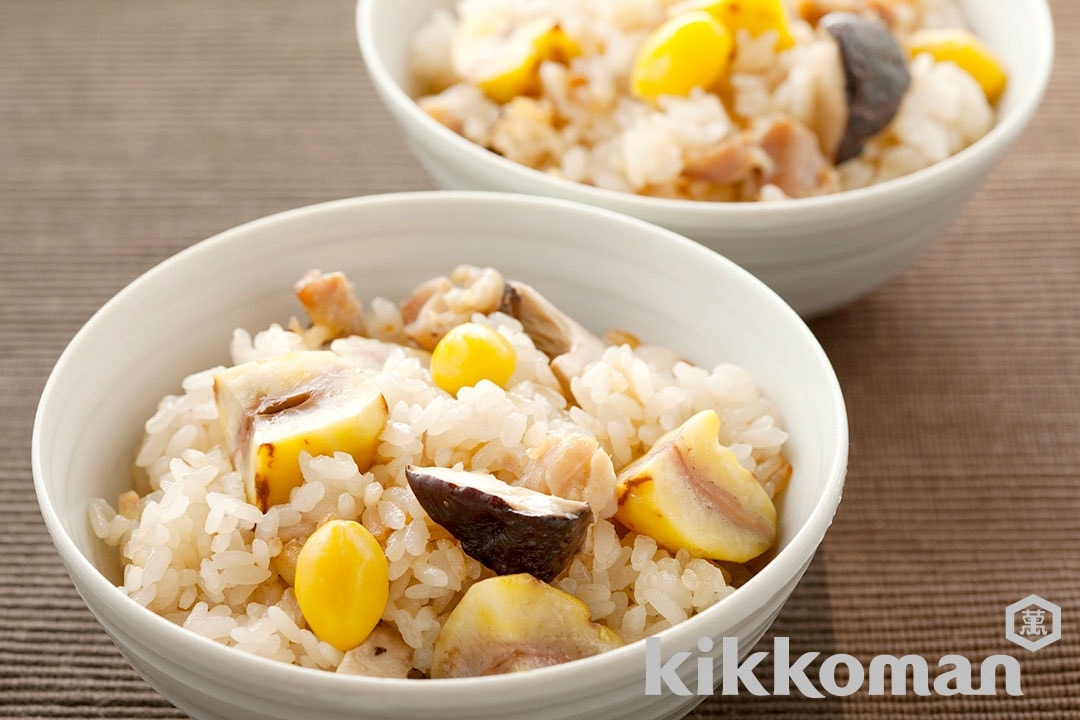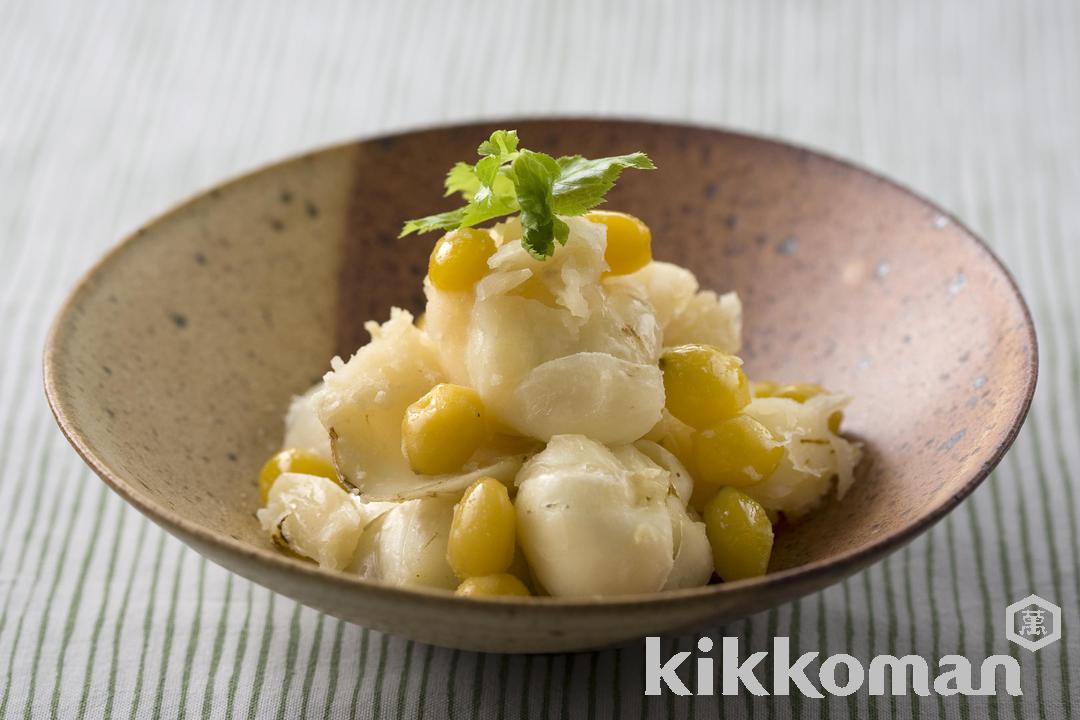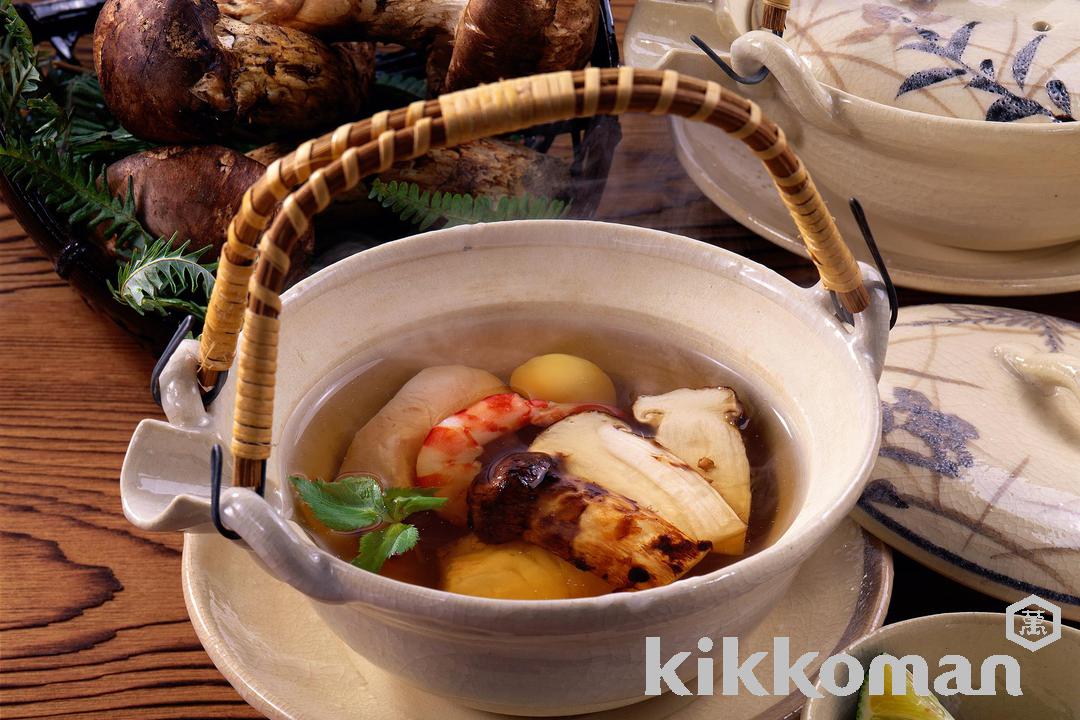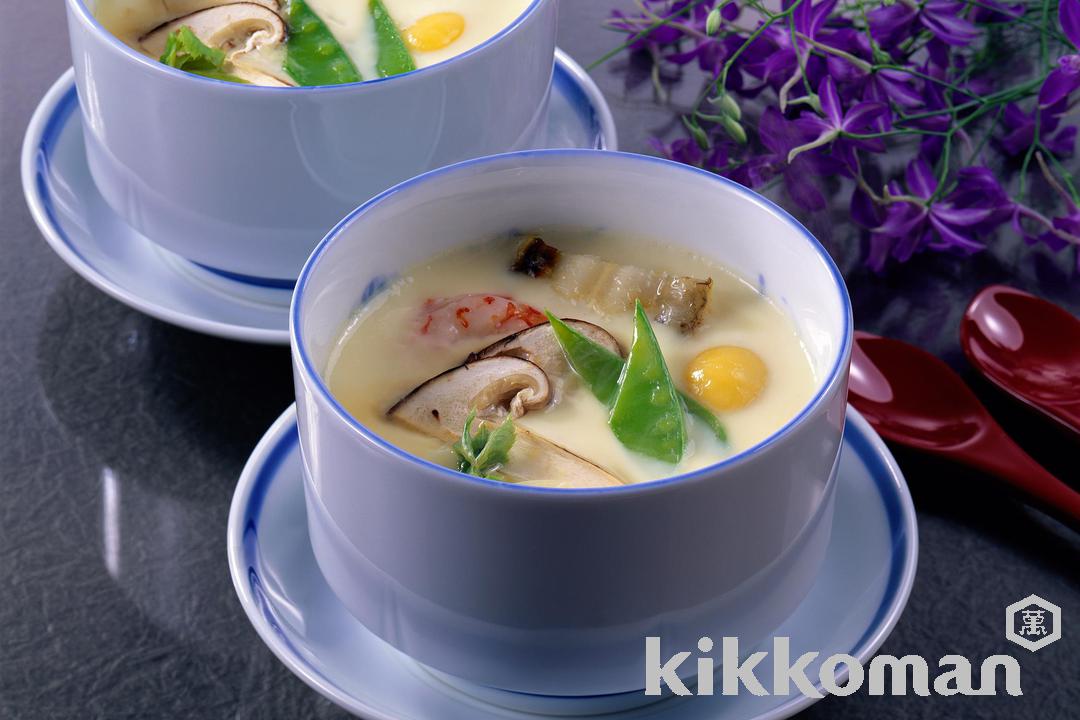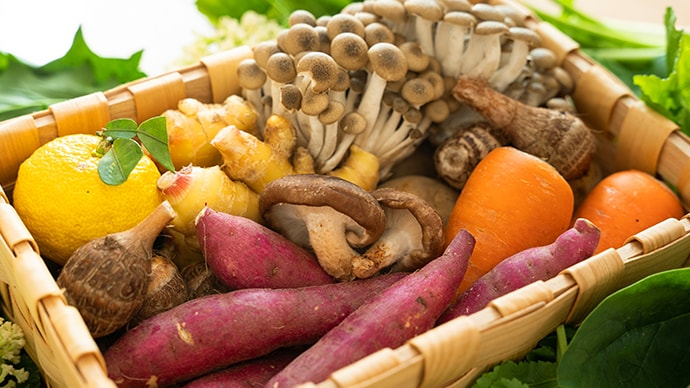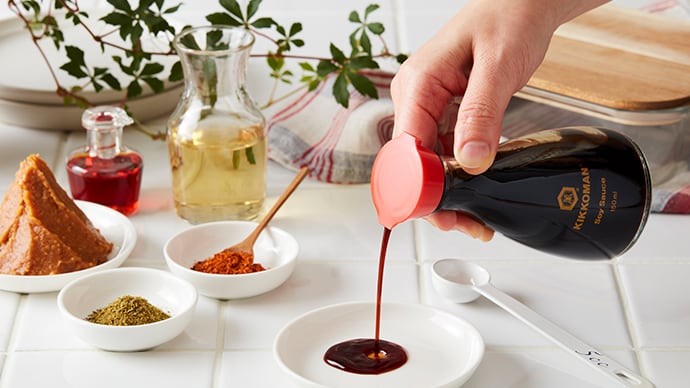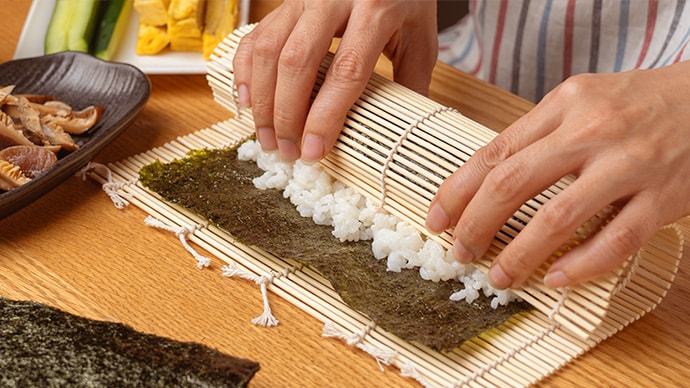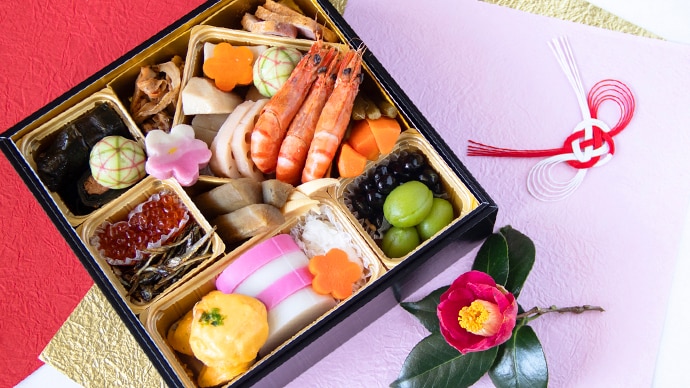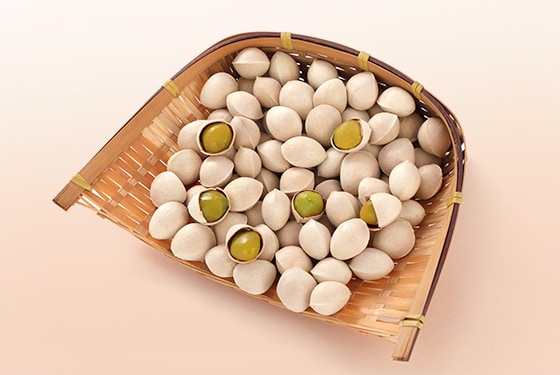
A chewy and bitter nut that represents autumn in Japan
What is ginkgo nuts?
Ginkgo nuts / ginnan (ぎんなん in Japanese) are the fruit of the ginkgo tree. In Japan, they are in season from September to November and are known as a taste of autumn. They have a unique sticky texture, subtle bitterness and sweetness, and are a bright green color. They are used in chawanmushi (savory egg custard) and takikomi gohan (mixed rice), as well as in fried, grilled, and stir-fried dishes. They are often sold with the shell on, so you need to crack the shell and peel the thin skin before using them in cooking.
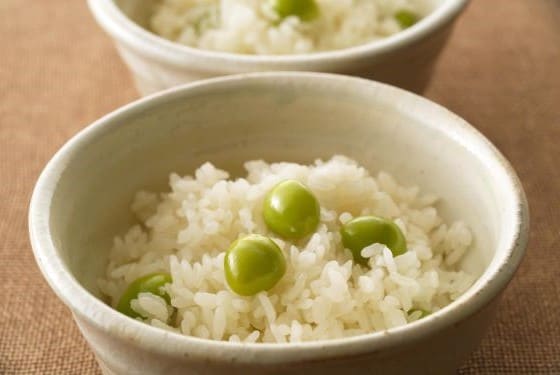
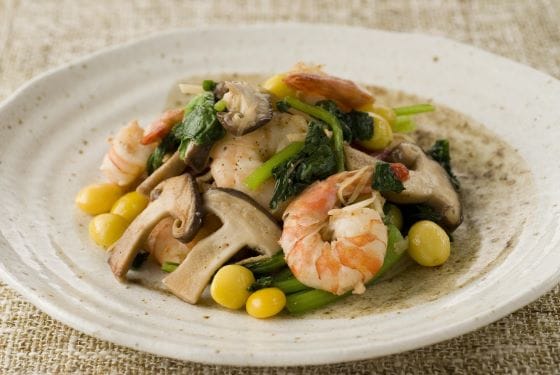
Nutrition facts
Ginkgo nuts are rich in vitamin C. They also contain beta-carotene, which helps maintain healthy skin and mucous membrane. The potassium in ginkgo nuts helps regulate blood pressure and balance sodium in the body. Ginkgo nuts are rich in starch, but also contain vitamin B1, which metabolizes carbohydrates, as well as folic acid and pantothenic acid.
However, ginkgo nuts also contain trace amounts of a toxic component (4-methoxypyridoxine), so it is best to avoid consuming large amounts, especially for children and the elderly. Even when heated, 4-Methoxypyridoxine is not inactivated, so be cautious of the amount you consume.
Storage to prevent food loss
If the shell is still on, ginkgo nuts can be stored indoors for about a week if placed in a paper bag and stored in a cool, dark place. If you wrap the ginkgo nuts in moist kitchen paper with the shells on and place them in a plastic bag, they can be stored in the refrigerator for about one month. If you peel off the shells and thin skin and place them in a plastic bag, they can be stored in the freezer for about two months.
Trivia
The shells are hard, so you can crack them open with pliers. Alternatively, put the ginkgo nuts in a paper envelope, close it tightly, and microwave it for about 40 seconds. The nuts will pop inside and the shells will crack. Once you remove them from the microwave, it's easy to remove the shells and peel the thin skin while they're still hot, being careful not to burn yourself.
Related Recipes
25min
147kcal
700mg


